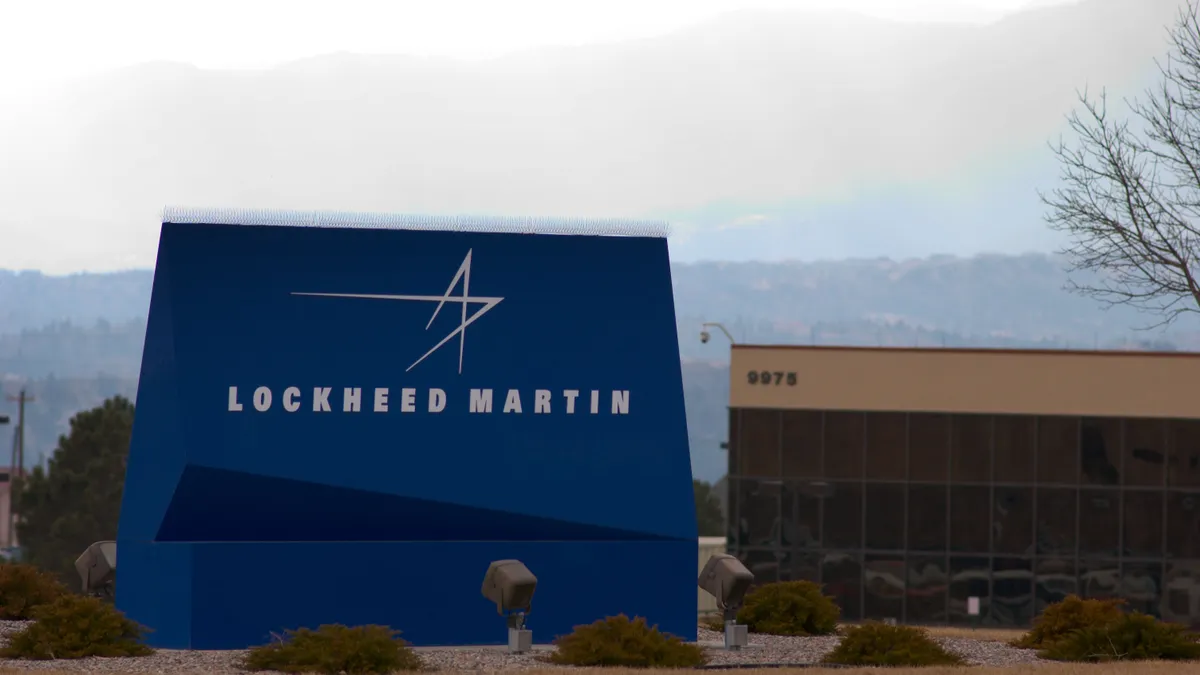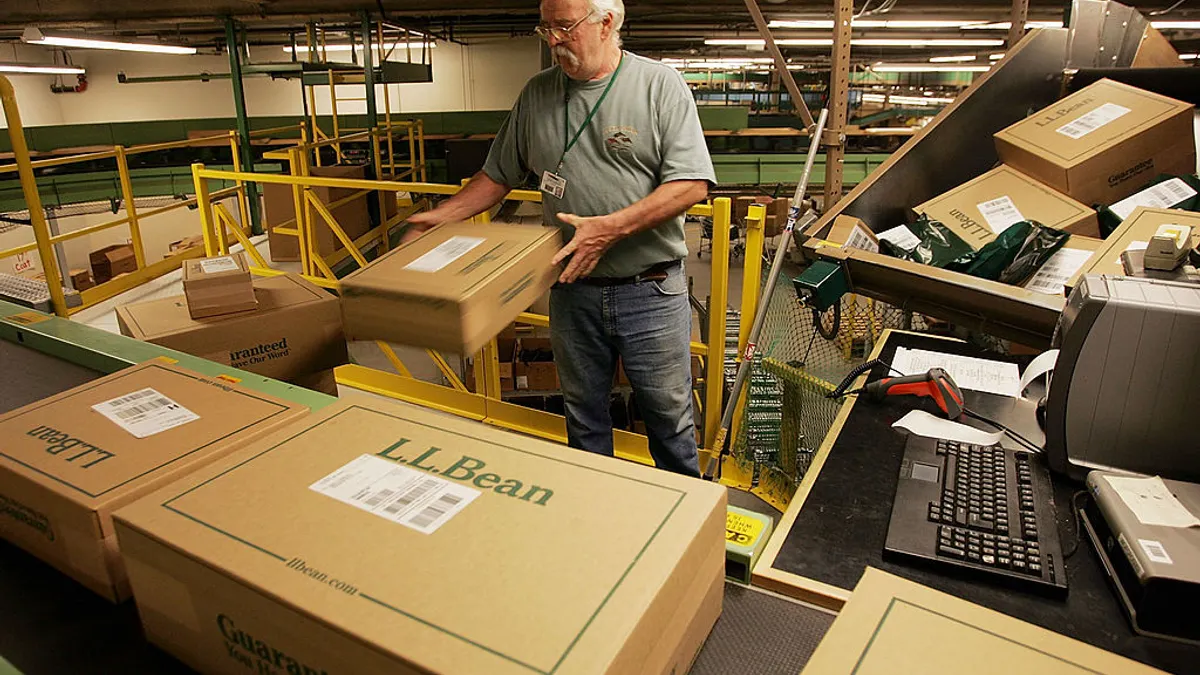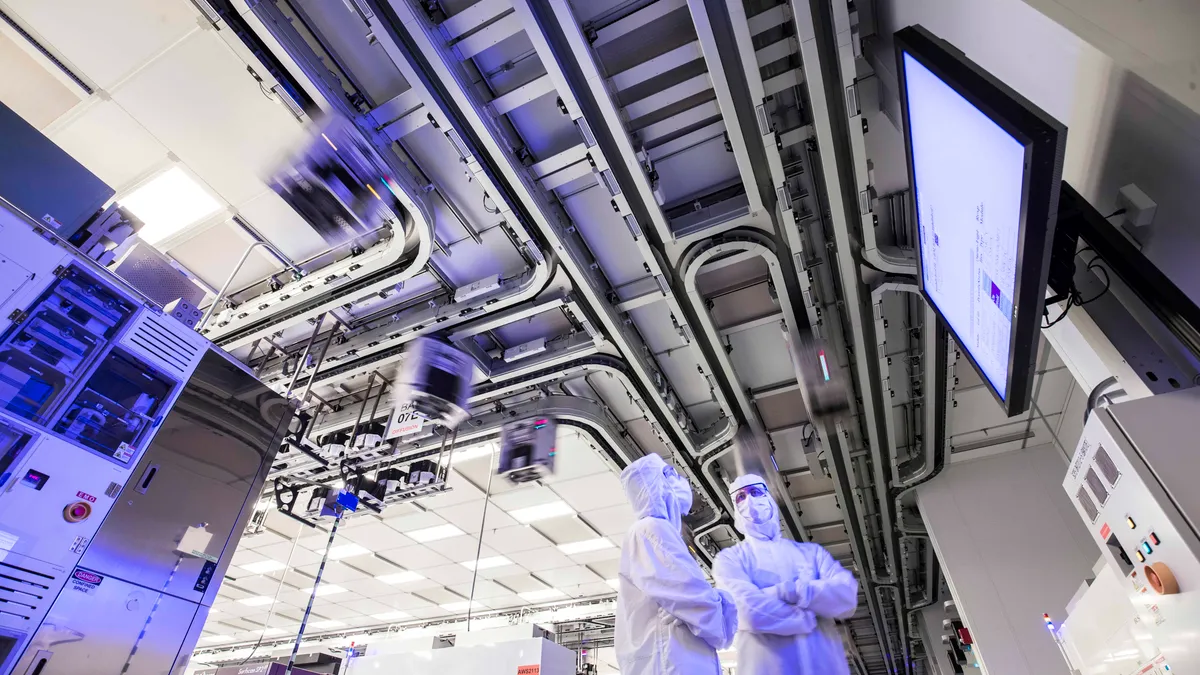As the Department of Defense prioritizes hypersonic weapons for the future of national security, Lockheed Martin is among the major U.S. defense contractors accelerating the development and production of the technology.
Hypersonic missiles, which fly at five times the speed of sound, offer the U.S. critical military capabilities. This includes the ability to conduct high-speed, long-range operations, such as taking out high-priority targets on the battlefield, according to the Department of Defense.
The manufacturing base behind the weapons, however, is still relatively small. Only a few entities in the U.S., including Lockheed Martin, have the capacity to build the missiles and the systems that power them.
Building the technology is a “cornerstone” of Lockheed Martin’s 21st Century security vision, Charlene Manchester, Communications Associate Manager for Lockheed Martin’s Missile and Fire Control business, said in an email.
The contractor successfully tested several hypersonic weapons systems this year. In March, Lockheed Martin, in partnership with Aerojet Rocketdyne, the Defense Advanced Research Projects Agency and Air Force Research Laboratory, completed a test flight of a hypersonic cruise missile, helping their team to better understand high-speed flight operations, Manchester said. The missile reached speeds beyond five times the speed of sound, with altitudes greater than 65,000 feet.
How 3D printing enables hypersonic systems
Building systems that travel at such high speeds and altitudes comes with a host of engineering and physics challenges, such as intense heat and propulsion requirements. Additive manufacturing presents an opportunity to circumvent traditional processes in its ability to reach complex geometric specifications.
“3D printing technology allows us to bypass the constraints of traditional manufacturing processes,” Sabrina Ames, mission program manager at aerospace manufacturer Ursa Major, said in a statement on the company’s hypersonic propulsion research project with the SecureAmerica Institute.
Lockheed Martin has begun to explore these opportunities by using more 3D printing techniques, particularly in hypersonic development where it works with “innovative materials,” Manchester said.
“Using 3D printing to produce some parts has allowed us to save time, as well as enhance the part’s strength and structure within the overall build,” she noted.
Strengthening the supply pipeline
The Defense Department is working to expand domestic manufacturing to support hypersonic capabilities as they become operational. In October, the department issued a request encouraging a variety of contractors and academia to submit prototype proposals for developing hypersonic weapons parts using additive manufacturing.
“We need to be pushing the envelope with materials produced using the additive manufacturing processes,” Keith DeVries, deputy director of the OSD Manufacturing Technology Program, said in a statement. “The science has proven it’s possible, but the practice is not widespread enough.”
Similarly, Lockheed Martin has prioritized creating a strong hypersonic weapons manufacturing base. The contractor is working with industry partners to upgrade small and medium-sized manufacturers’ capacity and efficiency, improving the end-to-end hypersonic system supply chain. This includes “supporting additive manufacturing equipment in its supplier base to streamline qualification and development of new materials and standards,” Manchester said.
The company has invested over $55 million in several additive manufacturing and advanced manufacturing startups across software, hardware integrated parts and custom materials companies since 2018, she noted.
“Over the past two years alone, Lockheed Martin has worked with these suppliers to procure more than 25,000 additive manufacturing parts,” Manchester added, “and we expect this trend to increase over the next five years.”













